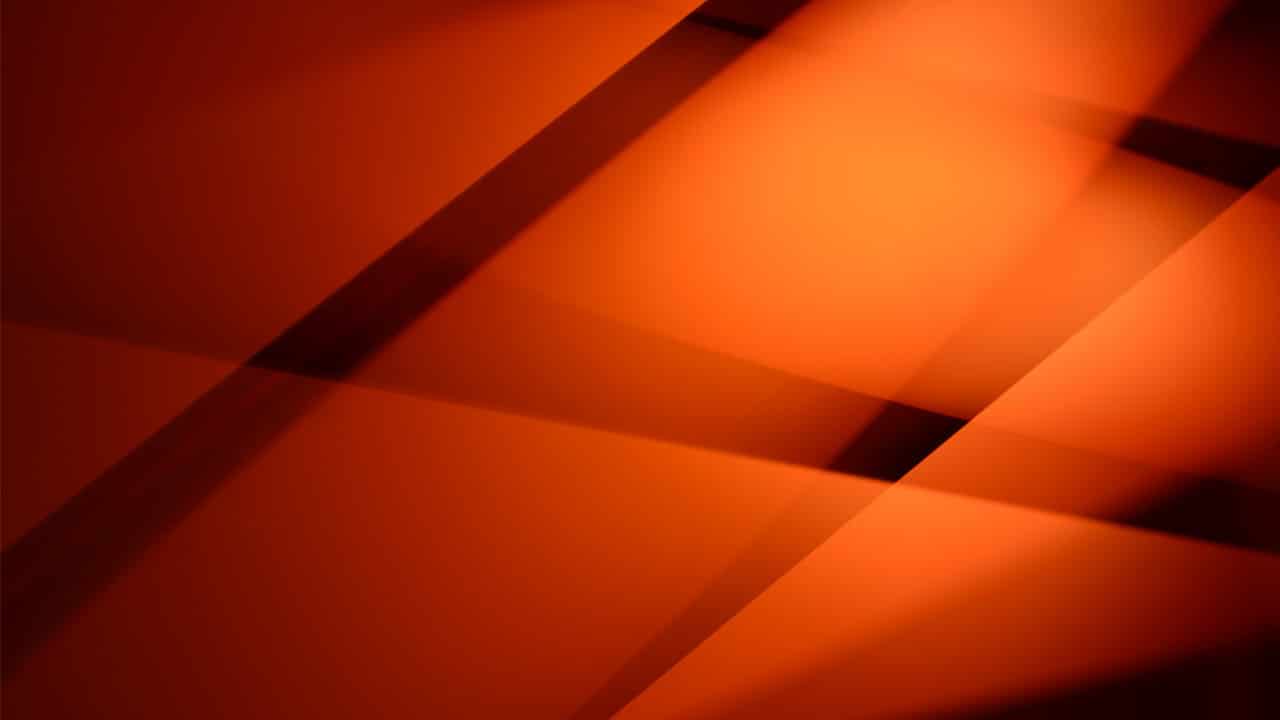A new communication system scheduled for launch aboard NASA’s Lunar Atmosphere and Dust Environment Explorer (LADEE) will use lasers to send data between Earth and space at speeds of up to 600 megabits per second.
NASA plans to use the Lunar Laser Communications Demonstration (LLCD) to evaluate the possibility of shifting from conventional S-band radio waves to laser communications. Ultimately, the switch to laser-based communications will help the agency enhance communication applications, such as receiving increased image resolution and even three-dimensional high definition video transmission from deep space.
“LLCD is designed to send six times more data from the moon using a smaller transmitter with 25 percent less power, as compared to the equivalent state-of-the-art radio (RF) system,” Don Cornwell, the LLCD manager, said in a statement. “Lasers are also more secure and less susceptible to interference and jamming.”
“The goal of the LLCD experiment is to validate and build confidence in this technology so that future missions will consider using it.”
The LADEE spacecraft will take 30 days to reach the moon because of its flight path, NASA said. LLCD will begin operating shortly after arrival into lunar orbit, and will continue operating for 30 days. Scientists plan to evaluate LLCD by directing it to transmit hundreds of millions of bits of data per second from the moon to Earth—the equivalent of more than 100 HD television channels simultaneously. LLCD’s receiving capability will also be tested as tens of millions of bits per second are sent from Earth to the spacecraft.
A primary ground terminal at NASA’s White Sands Complex in New Mexico, as well as two alternate sites—one located at NASA’s Jet Propulsion Laboratory in California, the other on the Spanish island of Tenerife, off the coast of Africa—will be in contact with the LLCD system. “Having several sites gives us alternatives, which greatly reduces the possibility of interference from clouds,” Cornwell said.
A second, longer demonstration, the Laser Communications Relay Demonstration (LCRD), is scheduled for launch in 2016 and will operate for two years.






